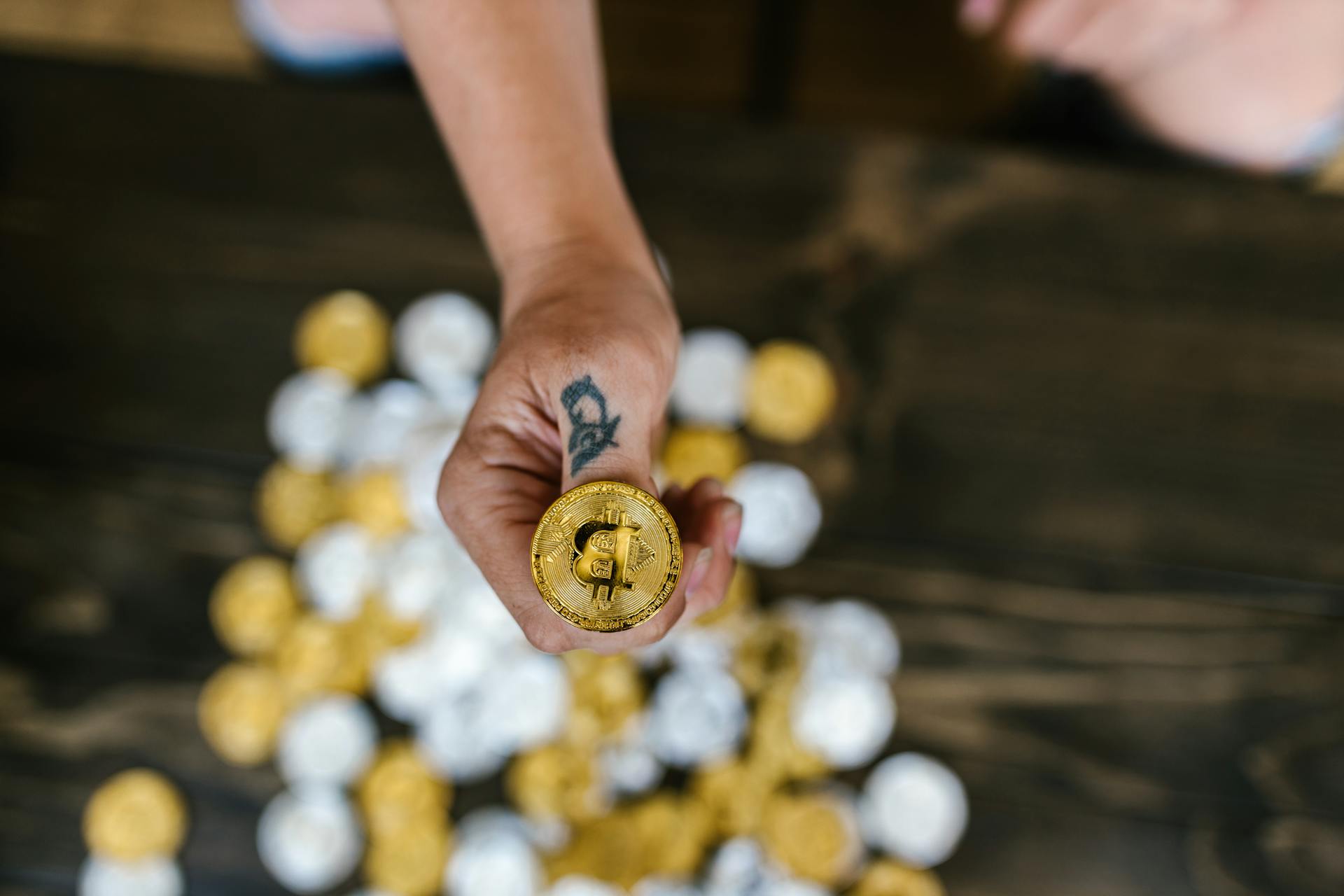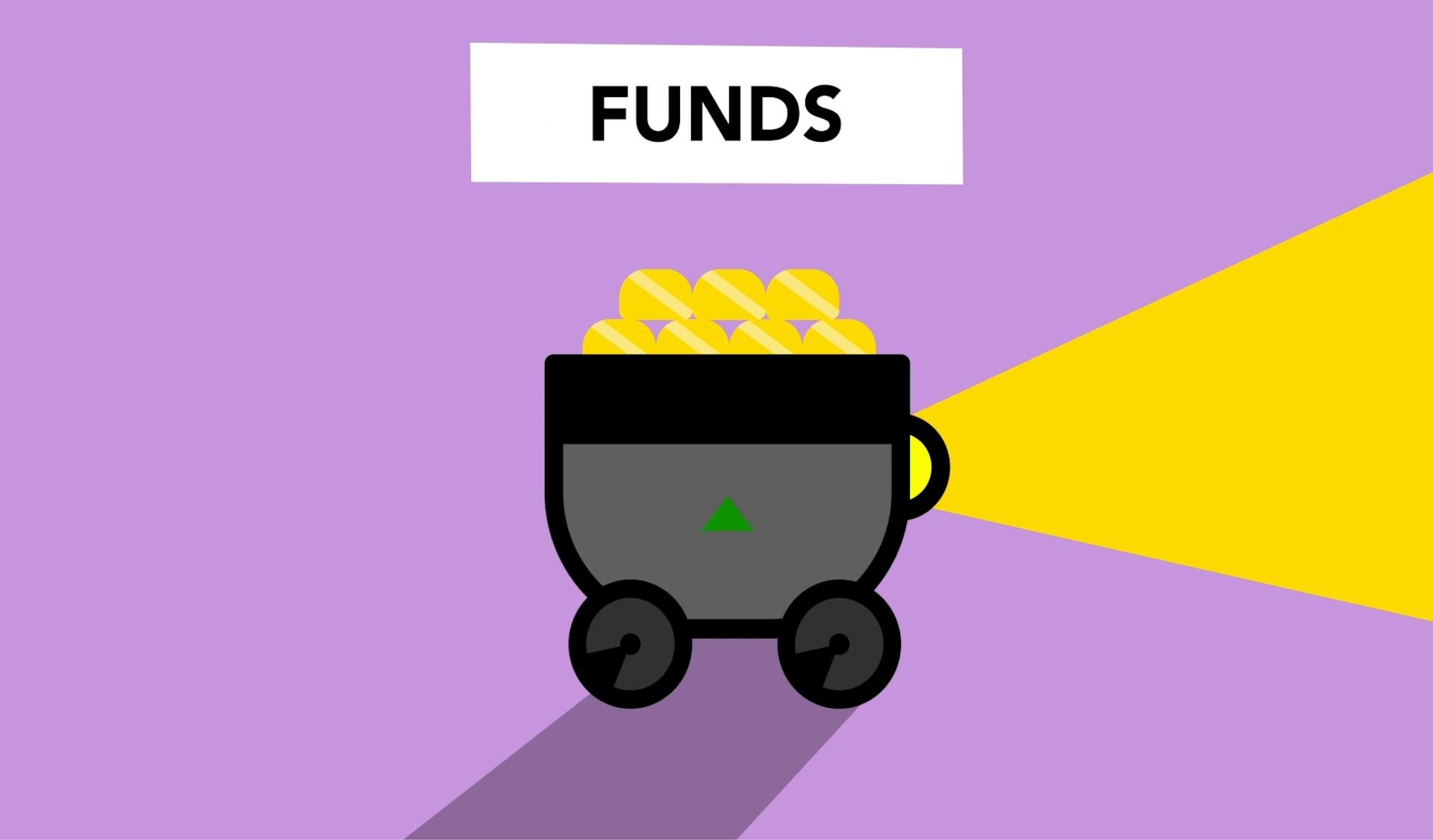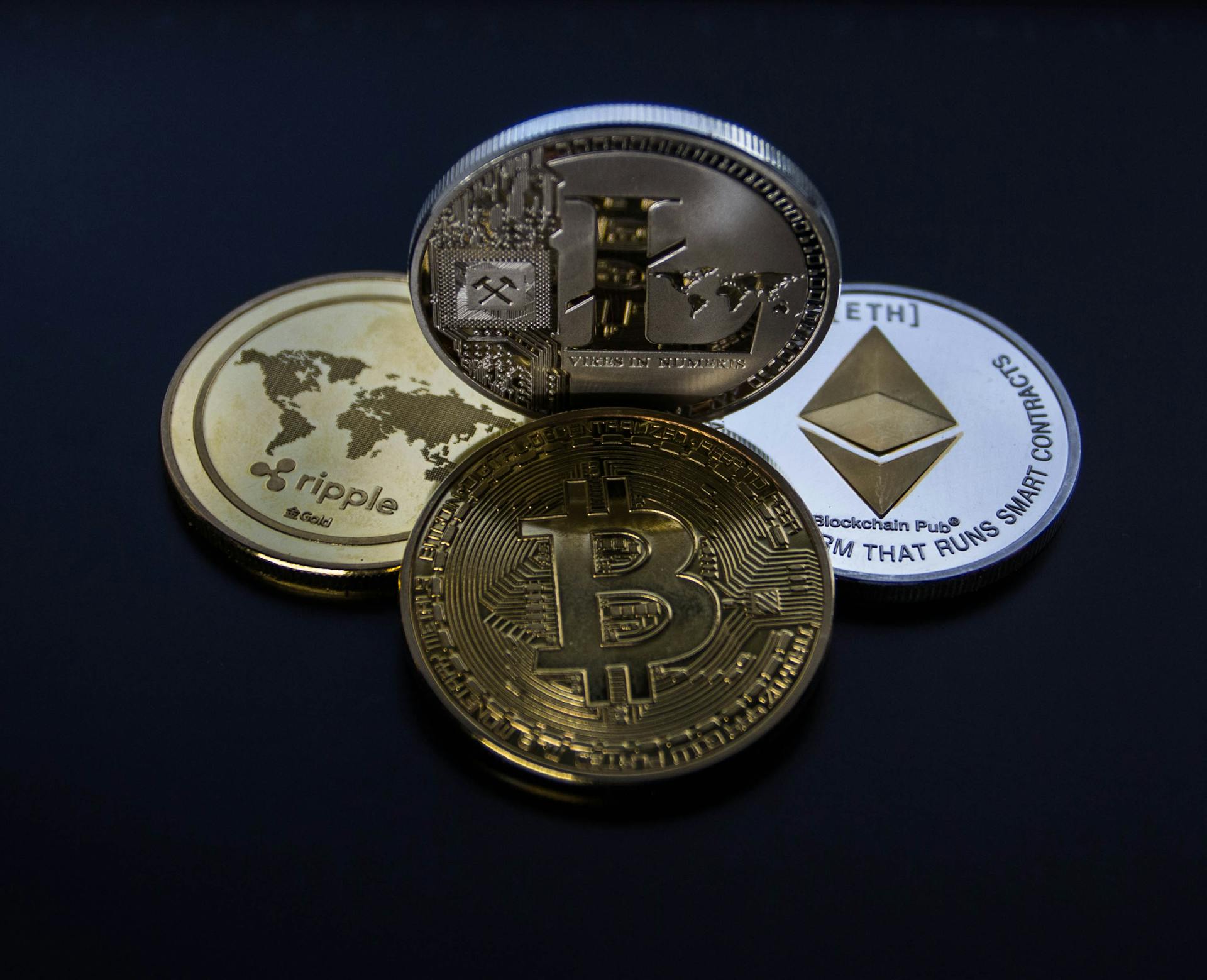
Tether (USDT) is one of the most popular fiat backed stablecoins, with a market capitalization of over $60 billion.
Launched in 2014, USDT was the first stablecoin to be pegged to the US dollar.
One of the key benefits of fiat backed stablecoins is that they are designed to maintain a stable value, hence the name.
What Are Stablecoins?
Stablecoins are programmable digital currencies that combine the power of blockchain technology with the financial stability necessary for practical use cases.
They are most commonly pegged 1:1 to fiat currencies like the USD, which helps to eliminate price volatility.
Stablecoins were first introduced in 2014, solving the issue of crypto price volatility that had hindered the widespread adoption of cryptocurrencies like Bitcoin and Ethereum.
By being pegged to a fiat currency, stablecoins provide a stable store of value and a medium of exchange that can be used for everyday transactions.
Their programmability allows for a range of use cases beyond trading and speculation, appealing to a broad range of crypto users, both retail and institutional.
A fresh viewpoint: Stablecoin Use Cases
Fiat-Pegged Stablecoins

Fiat-pegged stablecoins are the most popular type of stablecoin, tied 1:1 to the value of traditional currencies like the USD and euro (EUR). They derive their stability from reserves held in fiat currency or equivalent assets that act as collateral.
Examples of fiat-pegged stablecoins include Tether (USDT) and USD Coin (USDC), which are both USD-pegged, and Stasis Euro (EURS), which is EUR-pegged. These stablecoins have become widely used in the crypto market due to their stability and ease of use.
Fiat-collateralized stablecoins, a type of fiat-pegged stablecoin, are backed by sovereign currency such as the pound or the US dollar. This means that to issue a certain number of tokens, the issuer must offer dollar reserves worth the same amount as collateral.
Here's a list of some popular fiat-pegged stablecoins:
Fiat-pegged stablecoins have become an essential part of the crypto market, providing a stable store of value and a means of exchange for cryptocurrencies.
Regulation and Market

Regulators worldwide are paying close attention to stablecoins due to their growing role in the global financial system.
Governments and regulatory bodies are grappling with creating frameworks that encourage innovation while ensuring consumer protection, financial stability, and compliance with anti-money laundering and counter-terrorism financing (AML/CFT) standards.
Latin America and Sub-Saharan Africa are embracing stablecoins as a hedge against local monetary instability, offering a more reliable means of transacting and preserving value.
The stablecoin market has matured significantly, overtaking BTC as a preferred asset for everyday transactions in some regions.
Stablecoins dominate merchant service markets globally, consistently representing 60-80% of the market share each quarter, as seen in Western Europe.
For another approach, see: Stablecoin Market Capitalization
Crypto Market
Stablecoins have become a priority for regulators worldwide due to their rapid adoption and growing role in the global financial system. Governments and regulatory bodies are grappling with the challenge of creating frameworks that encourage innovation while ensuring consumer protection, financial stability, and compliance with anti-money laundering and counter-terrorism financing (AML/CFT) standards.
Recommended read: Financial Backing

Governments and organizations are paying more attention to cryptocurrencies, including stablecoins, and regulatory changes can affect how stablecoins work and whether you can use them in your region. New regulations might influence how stablecoins are issued or what assets can back them.
Stablecoins play an essential role in the cryptocurrency market by providing a reliable medium of exchange, a store of value, and a bridge between TradFi and crypto. As a critical liquidity provider, stablecoins underpin much of the activity within decentralized finance (DeFi), centralized exchanges (CEXs), and cross-border payments.
The stablecoin market has matured significantly throughout the world, overtaking BTC as a preferred asset for everyday transactions. Latin America and Sub-Saharan Africa are embracing stablecoins as a hedge against local monetary instability, offering a more reliable means of transacting and preserving value.
Retail adoption of stablecoins is largely driven by their practicality for low-cost remittances, secure savings in regions with volatile currencies, and accessibility to DeFi services like lending and staking. Latin America and Sub-Saharan Africa are the fastest growing regions for retail and professional-sized stablecoin transfers, with year-over-year (YoY) growth exceeding 40%.
Markets like North America and Western Europe have seen meaningful, but slower growth of retail stablecoin activity, likely due to robust native financial infrastructure. Western Europe is home to the second-largest merchant service market globally, with the UK leading the region’s growth at 58.4% YoY.
A different take: Defi Smart Contract

Stablecoins dominate these services, consistently representing 60-80% of the market share each quarter. Across the Middle East and North Africa, stablecoins and altcoins are capturing a larger share of the market, surpassing traditionally dominant assets like BTC and ETH.
Hong Kong is seeing a flurry of interest from potential issuers amid the launch of its stablecoin sandbox. The upcoming implementation of stablecoin regulation will pave the way for stablecoins to be listed for retail trading, which will likely provide a tailwind to Hong Kong’s web3 ambitions.
Stablecoins are widely used for cross-border trade and remittances, bypassing traditional banking challenges. Countries like Singapore have bolstered stablecoin confidence through regulatory frameworks, making stablecoins a key tool for both retail and institutional users.
Check this out: Will She Come Back to Me?
Foreign Exchange and Trade Finance
Stablecoins enable businesses to transact in a globally accepted digital currency, reducing reliance on intermediaries.
This simplifies transactions for importers and exporters, providing a stable and transparent medium for international trade.
In regions with limited access to foreign currency, stablecoins offer a much-needed solution, making it easier for businesses to operate globally.
By mitigating risks associated with fluctuating exchange rates, stablecoins help businesses save time and money on transactions.
See what others are reading: Zmk Currency
Major Issuers and Coins
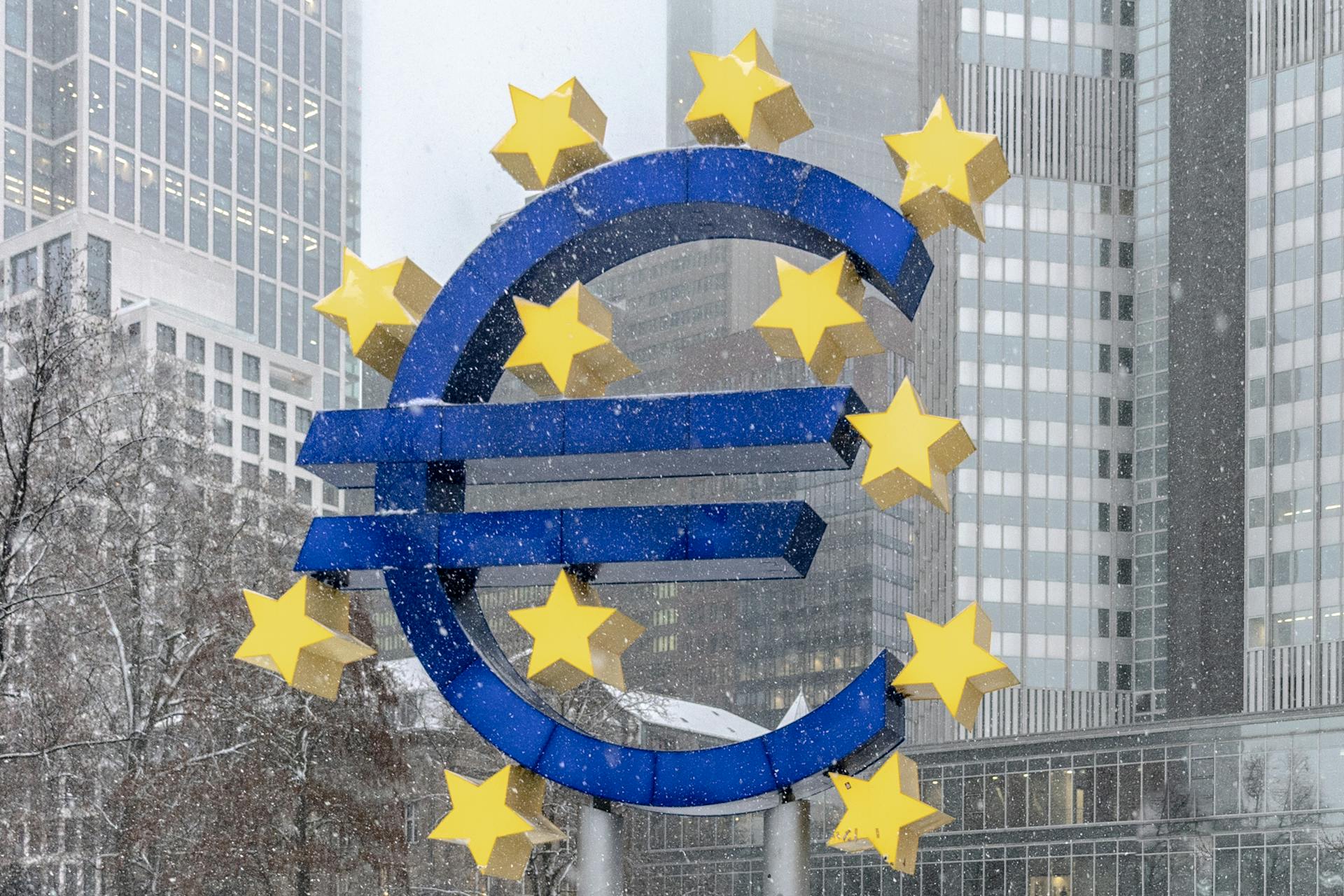
Tether and Circle are the major players in the stablecoin market, with Tether issuing the most stablecoins and Circle closely following.
Tether has a significant market share, and Circle is hot on its heels.
The Centre Consortium, which includes companies like Coinbase and Circle, is responsible for managing USD Coin (USDC), one of the top stablecoins.
USD Coin is a fiat-backed stablecoin, meaning it's backed 1:1 by US dollars held in reserves.
Paxos is another major issuer, providing infrastructure for PayPal's stablecoin and other projects.
First Digital USD (FDUSD) is a newer entrant, emphasizing transparency and compliance, and is backed by USD held in reserves.
Here's a list of major issuers and their notable stablecoins:
Advantages and Use Cases
Stablecoins offer a range of benefits that make them an attractive option for investors and users alike.
Stablecoins provide price stability, a key advantage that sets them apart from other cryptocurrencies. This stability makes them a reliable medium of exchange, allowing users to store value, hedge against volatility, or handle everyday transactions.
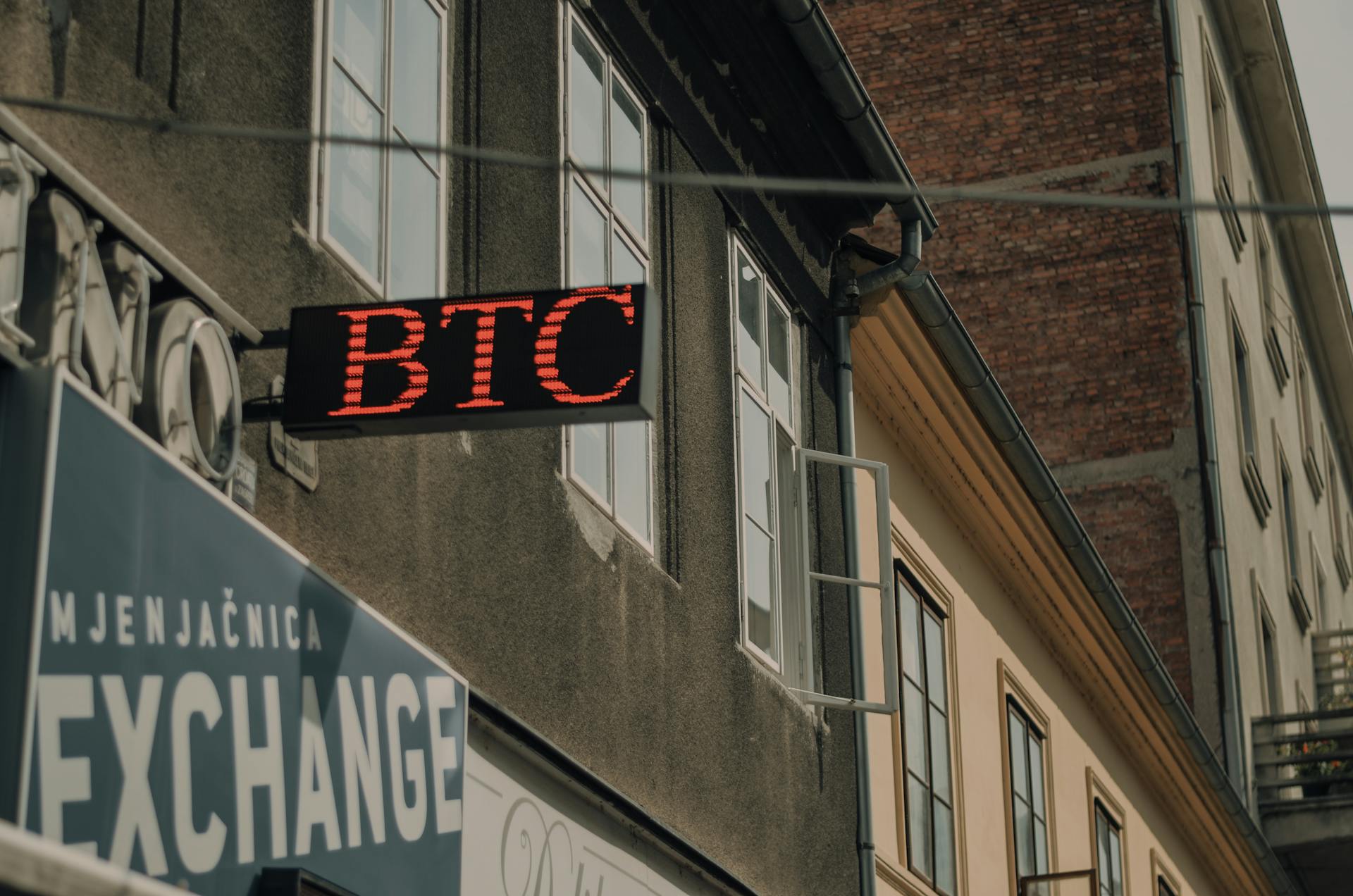
Stablecoins are also increasingly used as a store of value in regions facing economic instability or high inflation. They offer individuals and businesses a way to preserve purchasing power and shield their assets from the volatility of local currencies.
Stablecoins are particularly valuable in emerging markets where access to stable financial instruments is limited and a straightforward on-ramp to the USD is highly desired. They often trade at a premium in high-inflation regions, reflecting users' willingness to pay for stability and faster money movement.
Stablecoins can be used for fast and low-cost transactions, making them a compelling alternative to traditional banking systems. They can be sent quickly and cheaply across borders, offering a game-changer for international wire transfers.
Here are some key use cases for stablecoins:
- Store of value among economic instability or high inflation
- Payments and peer-to-peer (P2P) transactions
- DeFi integration (lending, liquidity pools, and loans)
Advantages
Stablecoins offer a range of advantages that make them a valuable asset in the cryptocurrency world.
Their stability is one of their main attractions, allowing you to store value, hedge against volatility, or handle everyday transactions without worrying about wild price swings.
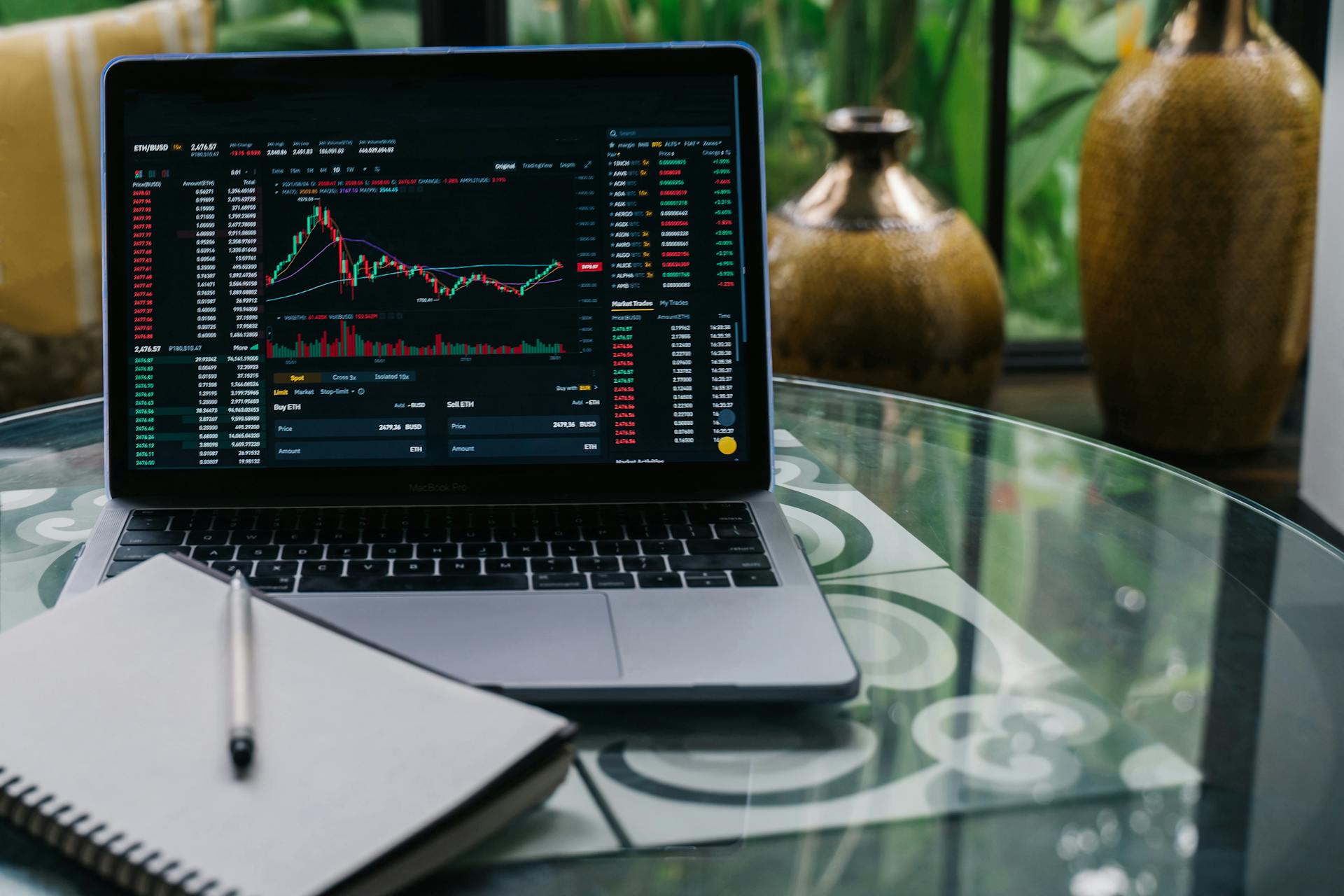
Stablecoins can be used as a reliable medium of exchange to interact with various DeFi protocols, such as lending, participating in liquidity pools, or using them as collateral to take out loans.
You can earn passive income while keeping your funds relatively secure by depositing stablecoins into DeFi platforms that offer attractive yields.
Stablecoins can be sent quickly and cheaply across borders, offering a compelling alternative to traditional banking systems.
Here are some key benefits of stablecoins:
- Price Stability
- Fast and Low-Cost Transactions
- Store of Value among Economic Instability or Inflation
In regions facing economic instability or high inflation, stablecoins have become a preferred store of value, allowing individuals and businesses to preserve purchasing power and shield their assets from local currency volatility.
Stablecoins often trade at a premium in high-inflation regions, reflecting users' willingness to pay for stability and faster money movement.
Businesses can benefit from using stablecoins for cross-border payments and settlements, reducing costs and accelerating transactions with international suppliers or customers.
Cross-Border Transactions
Cross-border transactions can be a challenge, especially when sending money to or from regions with limited access to reliable banking systems. Stablecoins provide a simple and secure way for individuals to exchange value without intermediaries.
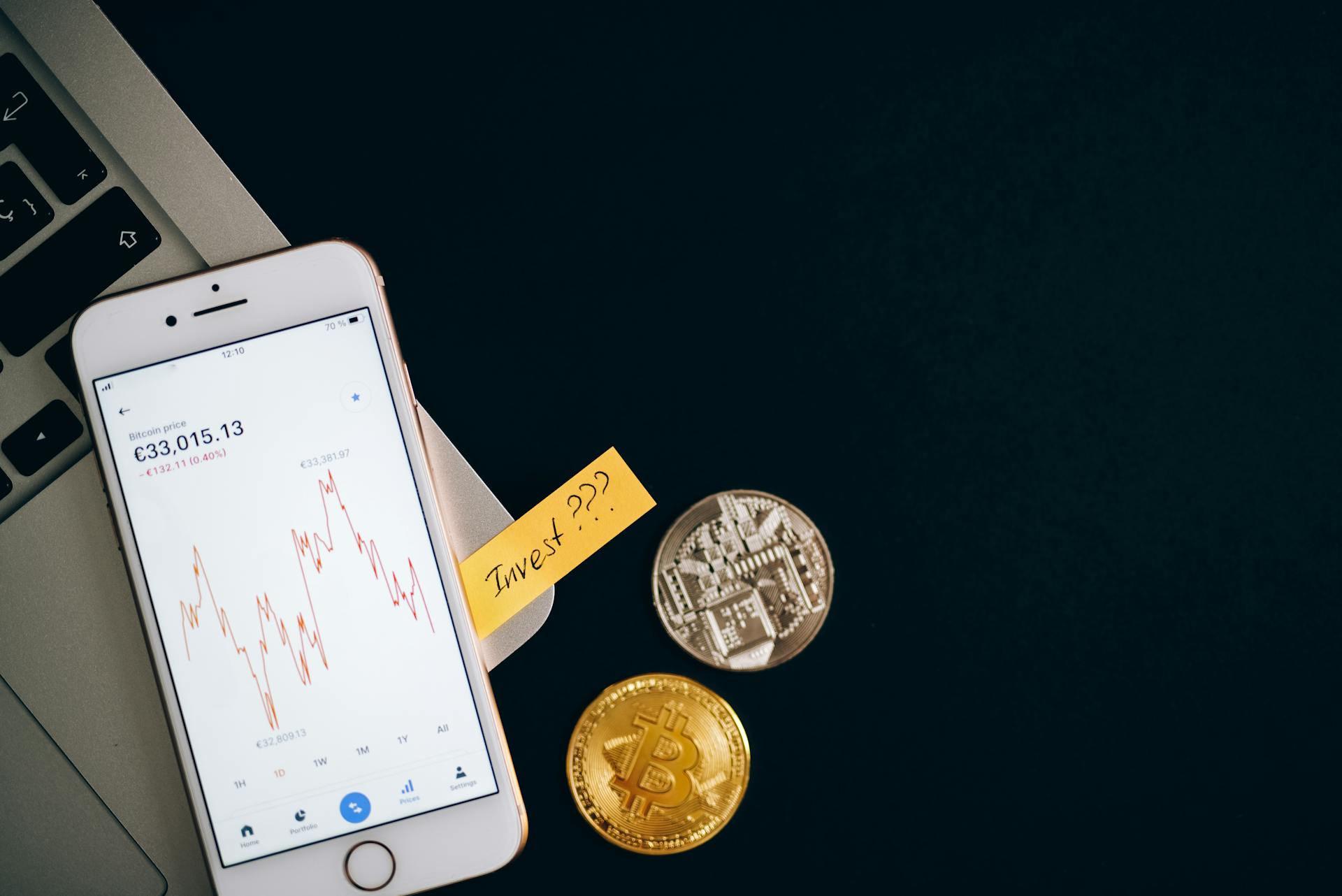
In regions like Sub-Saharan Africa, sending a $200 remittance using stablecoins can be about 60% cheaper compared to traditional fiat-based remittance methods. This is a significant cost savings for migrant workers and their families.
Stablecoins can be sent relatively quickly and cheaply across borders, offering a compelling alternative to traditional banking systems. They can help reduce costs and accelerate transactions with international suppliers or customers.
Businesses can use stablecoins to settle international invoices, providing a faster and cheaper alternative to traditional remittance services. This can be especially beneficial for businesses that need to make frequent international payments.
Stablecoins provide a solution that bypasses the inefficiencies of legacy financial systems, bolstering financial inclusion and reducing friction in cross-border transactions. This can have a positive impact on the lives of people in regions with limited access to reliable banking systems.
Investing and Management
Tether (USDT) is the largest fiat-backed stablecoin by market capitalization, with over $60 billion in circulation.
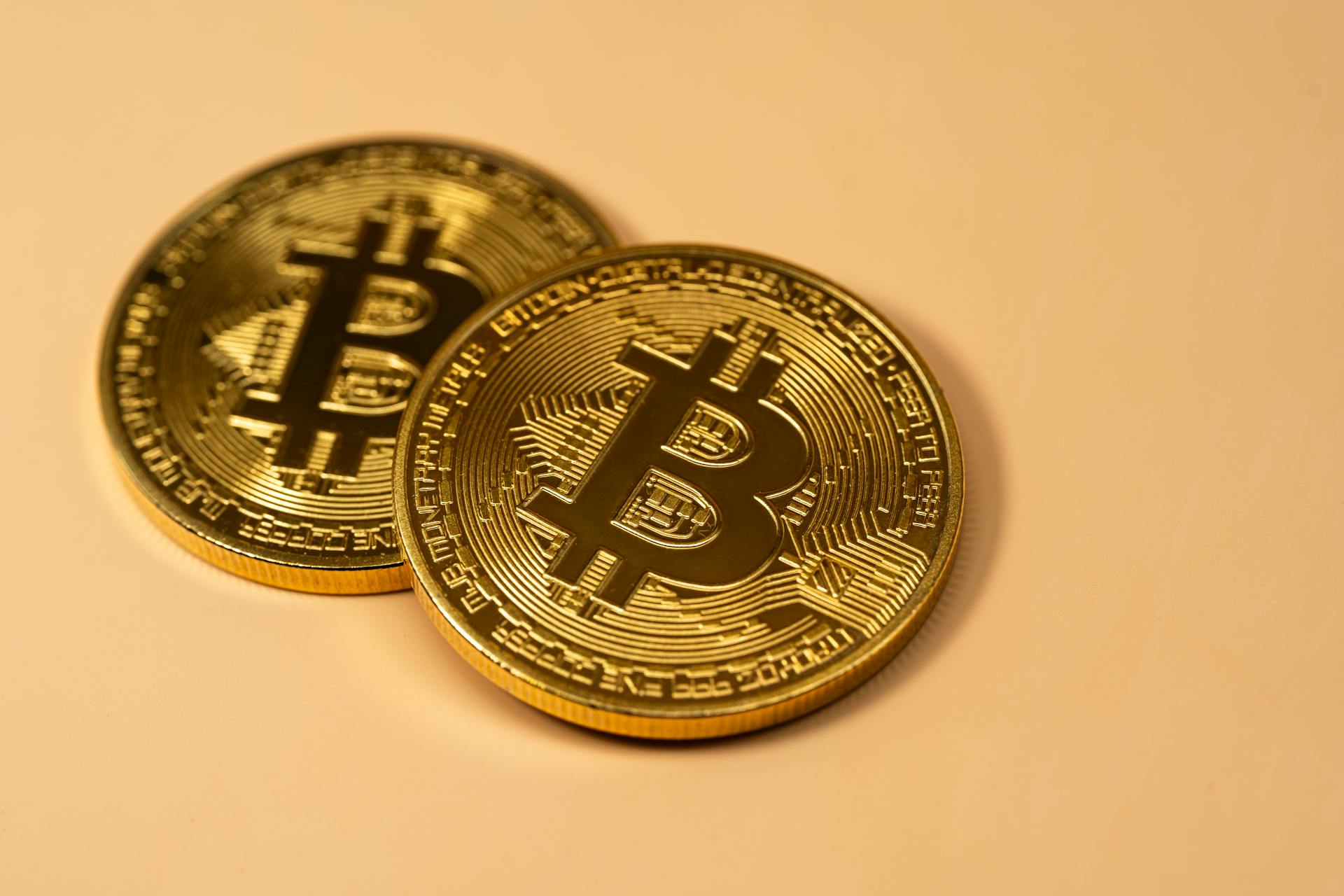
Investors can use stablecoins like USDT to hedge against market volatility and maintain a stable store of value.
The US dollar peg of USDT is maintained by Tether Limited, which holds an equivalent amount of US dollars in reserve to back each coin.
Investors can also use stablecoins to make international transactions without incurring exchange rate risks or high fees.
Paxos Standard (PAX) is another fiat-backed stablecoin that is fully collateralized by US dollars held in reserve.
By investing in stablecoins like PAX, investors can earn interest on their holdings through Paxos's interest-bearing accounts.
Suggestion: List of Angel Investors
Why Invest?
Investing in a diversified portfolio is crucial for long-term financial stability. This is where stablecoins come into play, serving as a safe haven for investors.
Their widespread acceptance by merchants makes them a reliable option for transactions. This is similar to traditional currencies like the US dollar or euro.
Investing in stablecoins can provide a sense of security and stability in a rapidly changing market.
Stablecoin Management Tips for Beginners
Understand the benefits and risks of stablecoins before investing, as it's equally crucial not to dive into them without a plan.
Finding the best stablecoin options for you in the market requires strategic steps to make the most of your holdings.
Understanding the benefits and risks is important, so take your time to research and make an informed decision.
Developing a plan is essential, whether you're using stablecoins as a store of value or participating in DeFi (Decentralized Finance).
Specific Coins and Issuers
USD Coin (USDC) is a top choice for businesses and DeFi platforms due to its emphasis on transparency and regulatory compliance. It's backed 1:1 by U.S. dollars held in reserves audited monthly.
Gemini Dollar (GUSD) is another regulated stablecoin, with its reserves audited monthly by an independent accounting firm. It's issued by the Gemini Trust Company and the Gemini exchange.
PayPal USD (PYUSD) marks PayPal's entry into the stablecoin market, with its token built on top of the company's massive global payments network. It's fully backed by USD reserves (and cash equivalents).
Here's a list of fiat-backed stablecoins mentioned in this article:
- USD Coin (USDC)
- Gemini Dollar (GUSD)
- PayPal USD (PYUSD)
Celo Dollar (cDollar)

Celo Dollar (cDollar) is a fiat-backed stablecoin, meaning it's pegged 1:1 to the US dollar. This makes it a reliable option for payments and hedging against volatility.
Celo Dollar was launched in 2020 and has gained significant traction, ranking in the top 40 by market cap. It's built on the Celo blockchain, which is optimized for mobile-first transactions, aiming to promote financial inclusion globally.
One of the key features of Celo Dollar is its fast and low-cost transactions, making it suitable for remittances and microtransactions in developing countries. This is a major advantage over other stablecoins.
Celo Dollar is available for purchase on various exchanges, including Coinbase, Kraken, and Binance.
Coin (USDC)
USD Coin (USDC) is a reliable choice for payments and hedging against volatility, pegged 1:1 to the US dollar since its launch in 2018.
It's backed by the Centre consortium, which includes companies like Coinbase and Circle, ensuring that every USDC token in circulation is fully collateralized with an equivalent amount of US dollars held in reserve.
For your interest: Usds Stablecoin
USDC is known for its transparency in the crypto space, undergoing regular audits to verify that its reserves fully back the circulating tokens.
This level of transparency has earned the trust of both institutions and everyday users, making the token a preferred stablecoin for securely storing value.
USDC has gained significant traction in the DeFi space, offering opportunities for potential additional income through use as collateral for loans, liquidity pool assets, and yield farming.
You can buy USDC on popular exchanges like Coinbase, Kraken, and Binance.
Here are some key facts about USDC at a glance:
- Type of backing: Fiat-backed (dollars)
- Creation date: 2018
- Market capitalization: #2 among stablecoins
PayPal
PayPal has entered the stablecoin market with PayPal USD (PYUSD), issued in collaboration with Paxos. PYUSD is designed for payments and is backed by reserves managed by Paxos, with regular transparency reports available to the public.
PYUSD marks PayPal's entry into the stablecoin market, with its token built on top of the company's massive global payments network. Fully backed by USD reserves (and cash equivalents), PYUSD aims to bridge the gap between traditional finance and blockchain-based payments.
For your interest: Stablecoin Payments
PYUSD is fully backed by US dollar deposits, short-term US treasuries, and other liquid assets, maintaining a stable 1:1 value with the US dollar. This stability is further ensured through monthly audits conducted by an independent third-party accounting firm.
PYUSD seamlessly fits into PayPal's vast payment network, making it an ideal choice for various transactions—whether you're sending money to a friend or handling business payments. You can buy PYUSD on popular platforms like Kraken, Coinbase, and PayPal itself.
Here are some key facts about PYUSD:
- Type of backing: Fiat-backed (dollars)
- Creation date: 2023
- Market cap: Top 10
Ethena
Ethena is a synthetic dollar protocol developed on Ethereum, offering a crypto-native monetary solution that operates independently of traditional banking systems. It provides a censorship-resistant, scalable, and stable alternative for crypto-native transactions.
One of its key features is the "Internet Bond", which is a globally accessible savings asset that combines yields from staked Ethereum and profits from perpetual and futures markets.
The protocol's synthetic dollar (USDe) is backed on-chain through delta-hedging staked Ethereum collateral, ensuring full transparency. This stability is achieved through a transparent and secure system.
You can buy USDe on KuCoin, decentralized exchanges, and other platforms. Ethena is considered a reputable exchange that accepts multiple fiat currencies and has relatively low trading fees.
Here are some key benefits of Ethena:
- Secure and reliable
- Low fees
- A good amount of fiat currencies accepted
Frequently Asked Questions
What is the most stable stablecoin?
The most stable stablecoin is Tether (USDT) with a market cap of $128.87 billion, indicating a high level of adoption and liquidity. However, the stability of a stablecoin can depend on various factors, including its reserve backing and regulatory environment.
Is USDC backed by fiat?
Yes, USDC is backed by fiat assets, specifically cash and securities, to maintain its 1:1 peg to the US dollar. This backing provides stability and security for users of the USDC cryptocurrency.
Sources
Featured Images: pexels.com

